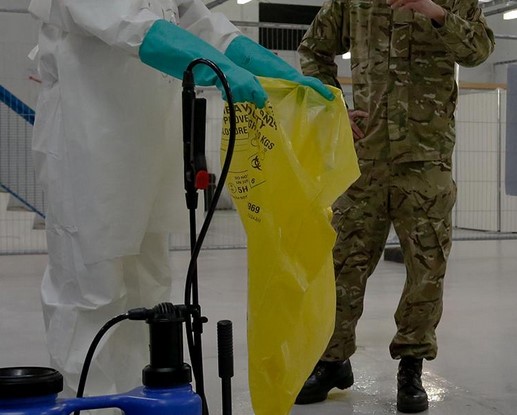
Medical waste disposal services use different techniques and approaches to handle and manage different kinds of medical waste. Not so many people are aware of the different categories of medical waste. This post will highlight the different kinds of medical waste. This include
Sharp Waste:
Just as the name implies, sharps are instruments and tools designed to cut, puncture and penetrate the skin. Examples include hypodermic waste and syringes. Sharps waste should be properly contained to prevent contamination. Apart from the right containment, medical waste disposal services use internationally accepted packaging for safe and secure transport.
Pathological and Anatomical Waste:
This category contains parts of the body removed during surgical operation or small amounts of body parts or tissues used for further research. Many states in the US have specific guidelines that must be adhered to when disposing of this waste type.
Pathological and anatomical waste should be properly contained in a safe, secure containment. The best way to dispose of this waste type is through incineration. Facilities that generate pathological and anatomical waste usually get a unique type of container with the right label to ensure that the container and its content are not tampered with. Handling this type of waste requires professionals who will do make sure that the contents do not spill while in transit. A fully-equipped transport vehicle will be used to take the waste to the facility for disposal.
Microbiological Waste:
This is the kind of waste that is generated in laboratory facilities. this waste is made up of microorganisms, stocks, biological, and civilization. Any item, surface, or material contaminated by this waste is treated in the same way as microbiological waste. One method to make this hazardous waste less lethal is through an autoclave. Once done, it is considered safe enough to transport to the appropriate facility for treatment and disposal. Just as with every other waste type, microbiological waste should be properly labeled.
Isolation Waste:
Waste created by patients infected by coronavirus or other highly infectious diseases is considered isolation waste. This type of waste should be handled with care as it has a high risk of contamination. Examples of highly infectious diseases include Ebola, HIV, Marburg, and many more. Isolation waste is made up of biological waste and any items contaminated with blood, feces, urine, and vomit from infected people kept in an isolated room to protect others from getting infected.
Animal Waste:
Animal waste comprises waste generated from animals infected with highly contagious diseases. This also applies to animals exposed to infection during analysis. Such annuals should not be handled without having the right protective gear. In fact, it should be treated as infectious waste. In the same vein, sharps used in veterinaries should be treated as infectious waste as well.
Expert in medical waste disposal services is your sure plug to handling the proper disposal of all these waste. They provide simple, safe, and secure medical waste management services. Reach out to a professional company today for assistance in handling medical waste disposal.
